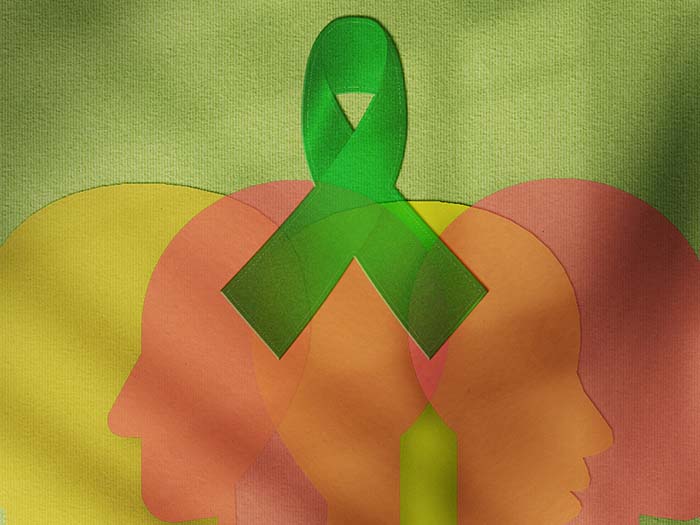Sound Waves, Acupuncture and Other Modalities That May Yet Have a Big Impact in Workers’ Comp
Sometimes, finding the right solution to a problem requires broadening our perspective.
For example, in recent articles, I outlined how digestive health and the synergy between our gut and brain can aid in recovery from work injuries.
However, exploring these health factors is not part of the traditional care approach. There are times when the tools available in conventional medicine aren’t adequate, and some complementary therapies could offer an effective way forward.
The Dominant Paradigm
When I was in medical school, the paradigm or pattern for how the human body worked was twofold.
During some rotations (e.g., orthopedics), the dominant paradigm of the body was that it was a machine with parts that sometimes broke down or wore out and needed to be “fixed” or replaced.
During other rotations (e.g., internal medicine), the biomedical model portrayed the human body as a chemical factory. Illness was mainly viewed as a situation in which the normal chemical environment was out of whack, and other chemicals (in the form of pills or injections) were provided to restore the body to proper function.
The paradigm that was (and is still) widely taught in medical school was mechanistic and reductionistic — reducing the body’s complexities to nothing more than a set of biological causes.
At no point did anyone mention that the mind and body were interconnected or that perhaps mind, body and spirit need to communicate and align for us to not only help patients improve their physical function but also to improve their total wellbeing. Alternative therapies such as energy healing focus on aspects of health beyond the physical.
Energy Medicine
Energy medicine uses transmissions of particular intensities and frequencies that stimulate the repair of one or more tissues or enable built-in healing mechanisms to operate more effectively.
Such energies can come from the environment, another human being or a medical device, helping bring the body’s systems back to balance.
We now know that many of the most common and costly diseases and disorders are due to chronic inflammation and are best described in terms of energetics. Leaving energy out of the equation makes it hard to prevent or treat them.
The most well-documented energy fields are the bioelectrical flows produced during the functioning of the heart, brain and muscles. We know them by the technologies that measure them: electrocardiography (ECG), electroencephalography (EEG), and electromyography (EMG).
It has been shown that even tiny energy fields can have biological effects. This helps explain how low-energy oscillating fields from medical devices, pharmaceuticals and even essential oils, botanical and homeopathic remedies, as well as the voice and the human hand, can activate a vast number of cellular processes.
Acupuncture and Sound Healing
We have learned that cells communicate through biofields, or biologically generated fields. The discipline of biofield science is expanding, providing a scientific foundation for energy therapies that are increasingly being used such as acupuncture and sound healing.
Acupuncture originated in China and has been in use in some form for at least 2,500 years. This treatment method is most commonly utilized to treat pain (e.g., back, joint, neck) and inflammation.
A National Health Interview Survey revealed a 50% increase in the number of acupuncture users between 2002 and 2012, and it is approved for use in workers’ compensation in many states.
I’m particularly fascinated by the increasing use of sound for diagnosis and treatment.
Sound is caused by vibrations passing through matter in the form of a wave. Vibrations travel through the skin, bones and fluid in our bodies, making our entire system receptive to sound vibrations.
Even frequencies that are too high or too low for the human ear to perceive are registered as vibrations through our nervous system.
Inaudible frequencies are commonly used in medicine. One example is ultrasound scanning in obstetrics. It’s also used to examine internal organs (e.g., liver, kidneys), and physical therapists use it therapeutically to aid in tissue healing.
In 2015, Columbia University researchers published a study revealing that primary cilia (i.e., antenna-like structures on our cell membranes) receive and respond to vibrational energy fields such as sound, light and radio frequencies. They quiver like a tuning fork, and if an environmental vibration resonates with the receptor’s antenna, it alters the proteins’ charges and causes the cell to change shape.
What this means is sound waves may have the capacity to reshape cell structures in ways that could help treat illnesses linked to defects in the primary cilia, such as arthritis, polycystic kidney disease, obesity, heart failure and even cancer.
Removing the “Alternative” Label
Albert Szent-Gyorgyi, winner of the 1937 Nobel Prize in Physiology or Medicine, once said, “In every culture and every medical tradition before ours, healing was accomplished by moving energy.”
Modern science is uncovering evidence for why some energy healing practices that were previously considered “alternative” are effective. This not only opens up new avenues of research and possibilities for future treatment options; it also allows medical professionals to complete the paradigm for how the human body works.
If we analyze the whole by focusing on its parts, we acquire precision in our descriptions. But we obtain this at the expense of losing sight of the whole — the cooperative movement of energy throughout our system that enables higher levels of health and performance.
As complementary treatment methods continue to undergo clinical studies to analyze their efficacy and safety, a wider spectrum of effective modalities will become available to get injured employees to better outcomes. &










